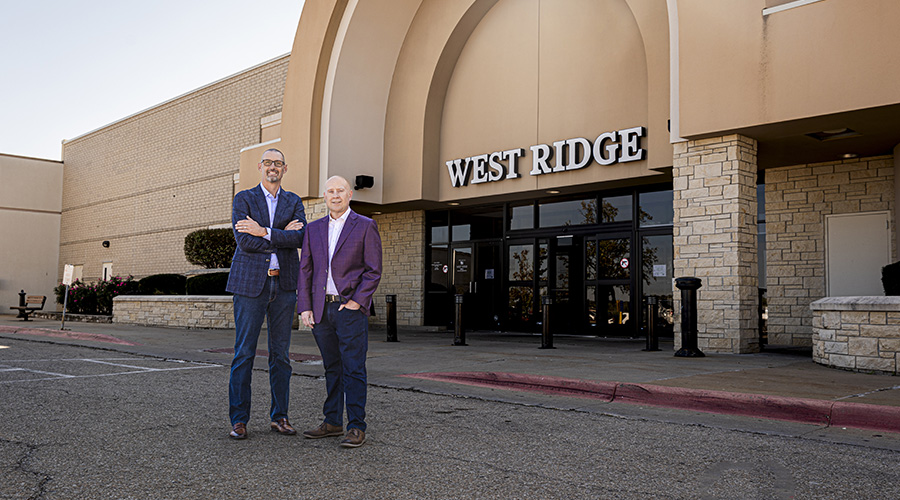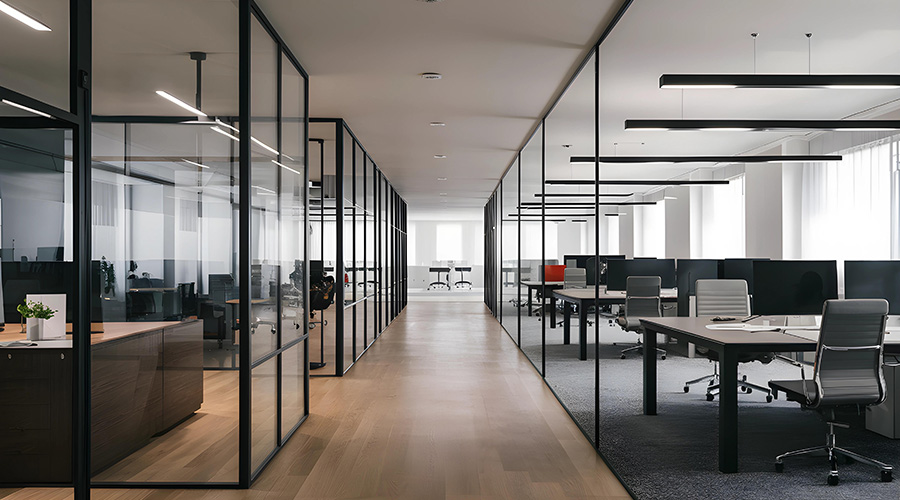Technology-driven Trends Are Affecting Workspace Planning
The reassessment of offices is not the only major change that businesses are exploring. In response to the myriad of technology-inspired trends — including telecommuting, connected work, and job sharing — companies are reconsidering who actually needs to be in the office and how much space they need to get the job done. There is a concerted effort to investigate smaller, leaner, and more technology-responsive workstations. Some companies have even begun to explore the elimination of the "cube farm" and are piloting very open, highly collaborative benching solutions.
Regardless of which direction a company chooses, it is important to leverage the change with the introduction of more social appointments. In the case of an established global financial firm that recently realigned its corporate space standards, the firm planned multiple recreation-oriented spaces that included traditional choices such as foosball and billiards. These spaces were also designed to host after-work social gatherings, cocktail parties, and special events.
Rethinking the open plan is widespread in business today. As the panels disappear or drop in height, the space becomes more connected. As with reducing or eliminating private offices, there are obvious benefits and detriments. The pros are similar: A greater sense of team is established as people become more visually connected to their colleagues. With that interaction comes a much higher degree of knowledge sharing as staff members are more inclined to assist one another with tasks when they see the need. Transparency in the work environment can be very effective in creating spontaneous partnerships. A documented upside is also the "better manners" phenomenon: Employees adjust the volume of their voices and behavior when they are on full display.
The downside of a more open space plan has to do with the workplace environment. Employees report greater visual and audio distractions and note difficulty in concentrating with so much ambient activity.
Work is cultural. It is not simply about brick-and-mortar offices and workstations. A business today that wants to be successful tomorrow understands and appreciates that its true bottom line investment is in its staff. If a change in the workplace environment is to be considered by any company, that change must be responsive to the culture of the company and the staff that supports it.
Joe Flynn, CFM, LEED AP, is a senior associate and workplace strategist at Margulies Perruzzi Architects, which services the healthcare, corporate, professional services, research and development, and real estate communities. He can be reached at jflynn@mp-architects.com.
Related Topics:















